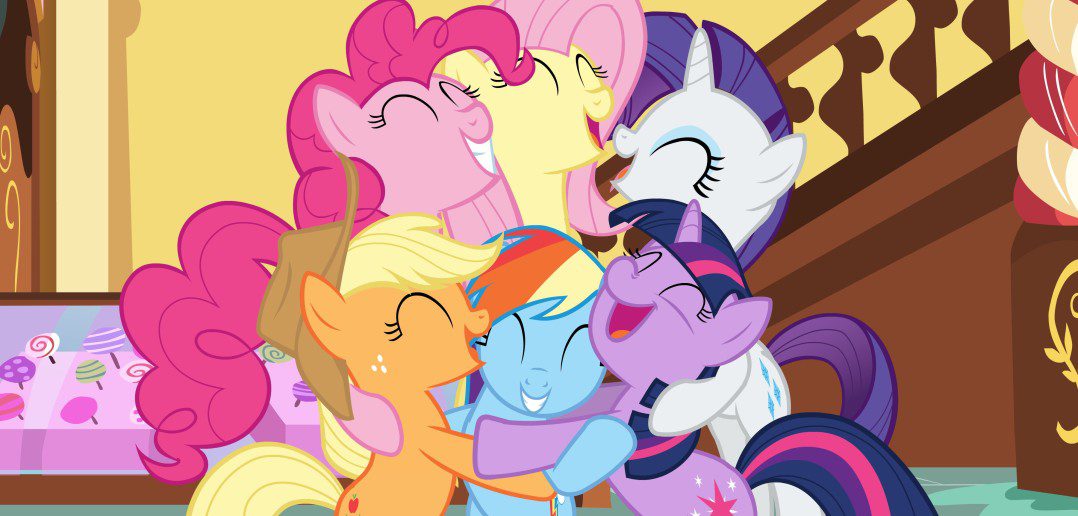Kids programmers have been inundated by a constant stream of research showing younger generations can no longer differentiate between watching content on TV or by streaming. A recent study, in fact, revealed 54% of 3-year-olds now have access to tablets. This can only lead to one conclusion: our audience is getting older younger, with kids getting into immersive entertainment at a much younger age than ever before.
In this environment, brands must weigh their strategies for developing and distributing programming in the future against another key statistic indicating that 73% of children still consume their programming on TV.
Faced with these realities, we decided the best path forward is to take a strong 360 degree approach to content development. This comprehensive multi-platform strategy –encompassing both long-form traditional and short-form digital consumption – has been highly effective for us, resulting in more than 2 billion impressions over the past year alone.
Now that TV has become the new Kleenex, Xerox and Google – an eponym synonymous with all types of content, regardless of platform – it is imperative for kids’ programmers to seamlessly create a system for integrating entertainment (broadcast, cable, satellite, film, digital streaming, downloads and gaming) and licensing around all of our brand’s franchises.
To succeed, we started from the viewpoint that we must effectively take advantage of the full range of screens that brands now have available to reach consumers, because children and their families are no longer satisfied to passively watch characters’ storylines unfold on-screen. Instead, they want to be fully engaged in the fun and adventure.
With this in mind, we decided to create new short-form digital content that presented fantastic opportunities for us to bring our brands and characters to life. With it, we have been able to enhance the overall story arcs, allow extensive sampling and provide us with invaluable feedback throughout the development process and life of a series.
For example, we took the iconic global brand My Little Pony, now in its fourth season on linear TV, and have designed it with online immersion front of mind during its roll out across multiple territories (see the UK version here).
Alongside the television episodes, young fans of the series can play free online games, download apps, watch exclusive videos, learn about their favorite characters, swap and trade characters, buy toys and print colouring pages. They can also visit the brand’s dedicated Facebook and Instagram pages, where they can interact and share with other Pony fans.
With Equestria Girls – My Little Pony’s older-skewing companion series – we created a three-minute short called “Music to My Ears” that has garnered nearly four million views on YouTube since it launched in April.
From the personalities and adventures of the characters to the messages and themes of the stories, every element of these extensions retains the original values of the brand’s “friendship is magic” theme. This ensures kids remain engaged with the brand across any platform and gives their parents confidence in the consistent messages being communicated to their children.
This evolving multi-screen landscape offers more opportunities – and challenges – to creators and distributors of kids’ content than perhaps it does in any other genre. The characteristics of our viewers – imagination, inquisitiveness – ensure they are regularly the earliest adopters.
Yet, despite the avalanche of new viewing choices presented by technology, we know kids and their families are still drawn to strong characters with which they can bond, learn from and have fun, along with innovative, exciting stories relevant to their own lives and experiences.
As viewer engagement becomes deeper and more interactive than ever before, successful creators and distributors must remain at the top of a very steep learning curve. To traverse this still largely uncharted road, it is vitally important for them to stay true to their brand’s key themes by ensuring immersive engagement, continued loyalty, character development and storytelling.
MIPJunior (October 11-12) is just around the corner! Plan your programme here.
Top picture: Hasbro Studios’ My Little Pony




